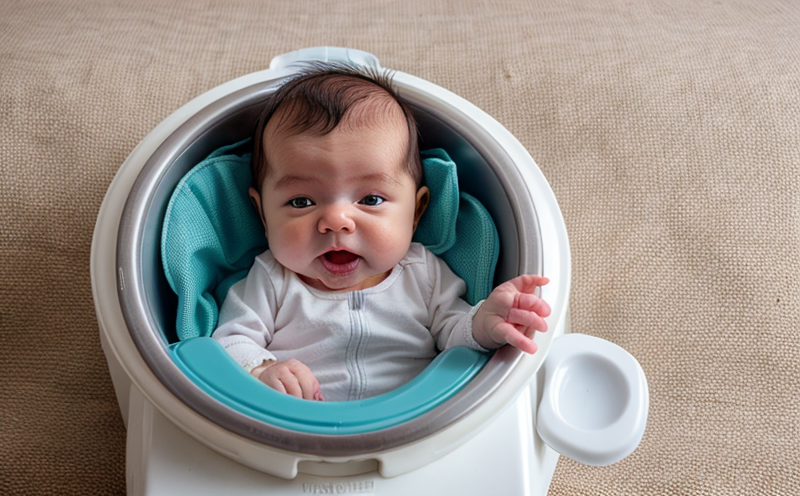ISO 59238 Sensory Evaluation in Baby Foods
The ISO 59238 standard provides a framework for sensory evaluation of infant formula and baby foods, ensuring that the products meet consumer expectations regarding taste, texture, aroma, appearance, and overall acceptability. This service is crucial for manufacturers to ensure their products not only comply with regulatory requirements but also resonate well with infants and caregivers.
The ISO standard emphasizes the importance of sensory attributes in infant formula and baby food because these products are more than just nutritional supplements; they play a vital role in an infant's early development. The sensory evaluation process is designed to identify any discrepancies between expected and actual sensory profiles, which can impact the overall quality and acceptance of the product.
The ISO 59238 standard specifies procedures for conducting sensory evaluations that are both robust and reproducible. This ensures consistency in testing across different batches or production lines. The process involves a panel of trained evaluators who assess various attributes using standardized methods. These panels are critical as they bring uniformity to the evaluation, ensuring objectivity and accuracy.
The standard also includes guidelines for sample preparation, which is essential for accurate sensory analysis. Proper preparation ensures that the samples are representative of the product being evaluated and can be analyzed under controlled conditions. This step-by-step approach helps in minimizing variability and enhancing the reliability of the results.
Furthermore, ISO 59238 emphasizes the importance of communication between the evaluators and the product developers to ensure that the sensory evaluation aligns with consumer needs and regulatory requirements. This collaborative approach ensures that any feedback from the sensory evaluations is effectively translated into actionable insights for product improvement.
The standard also provides criteria for accepting or rejecting products based on their sensory attributes. These acceptance criteria are critical in ensuring that only high-quality products reach the market. The criteria are designed to be objective and measurable, providing a clear framework for decision-making.
By adhering to ISO 59238, manufacturers can enhance consumer trust and satisfaction with their infant formula and baby food products. This not only improves brand reputation but also ensures compliance with international standards, which is essential in the global market.
Quality and Reliability Assurance
- Sensory Evaluation Consistency: The standard ensures that sensory evaluations are conducted consistently across different batches or production lines. This consistency is vital for maintaining product quality and reliability.
- Trained Evaluators: ISO 59238 mandates the use of trained evaluators, ensuring that only individuals with appropriate expertise conduct these evaluations. This training ensures objectivity and accuracy in sensory assessments.
Customer Impact and Satisfaction
- Improved Consumer Trust: By adhering to ISO 59238 standards, manufacturers can enhance consumer trust by ensuring that their products meet high-quality standards. This trust is crucial for building long-term relationships with customers.
- Satisfied Caregivers: The sensory evaluation process ensures that the products are not only nutritious but also palatable to infants and acceptable to caregivers. This satisfaction translates into higher product acceptance rates.





